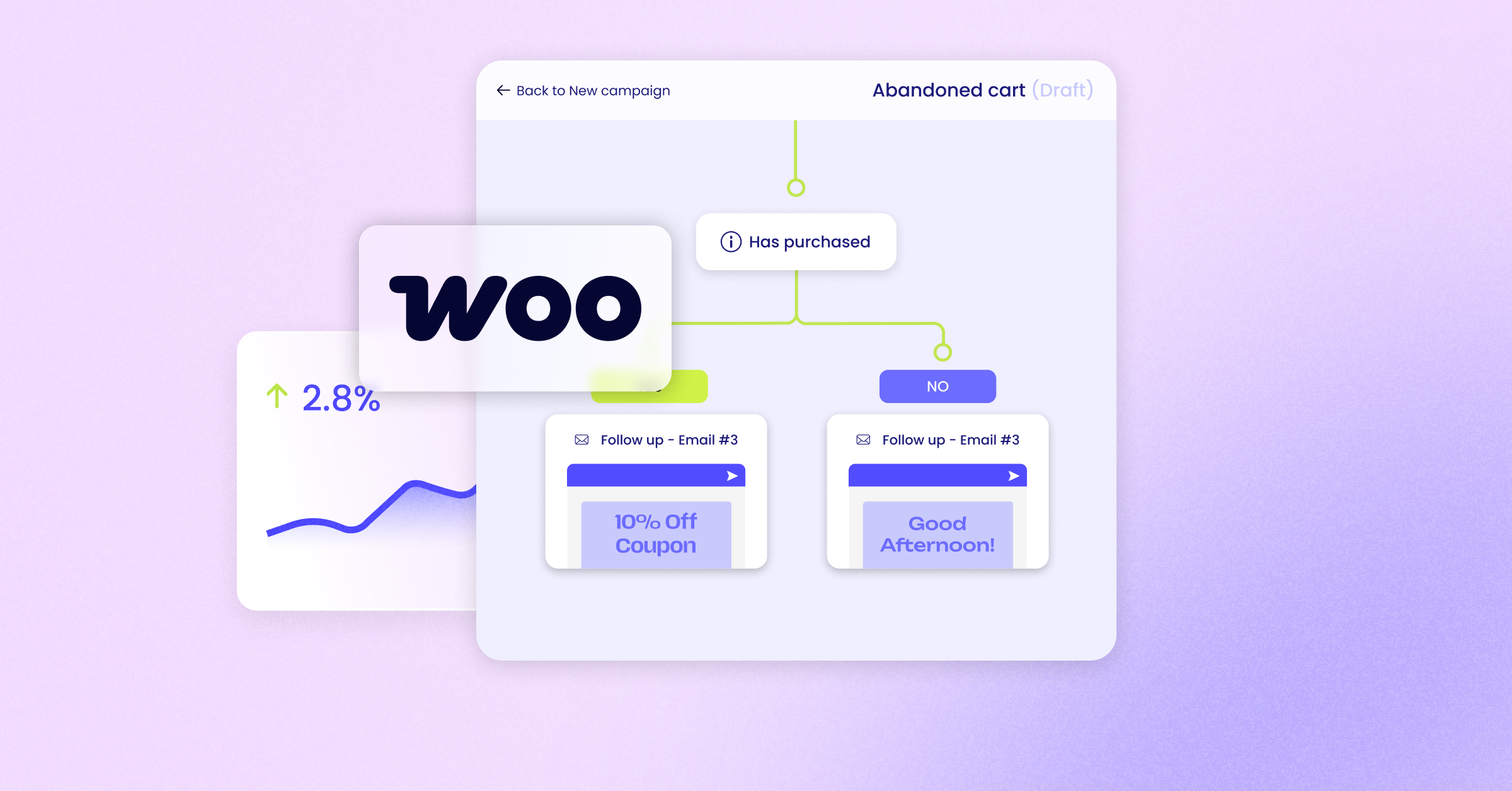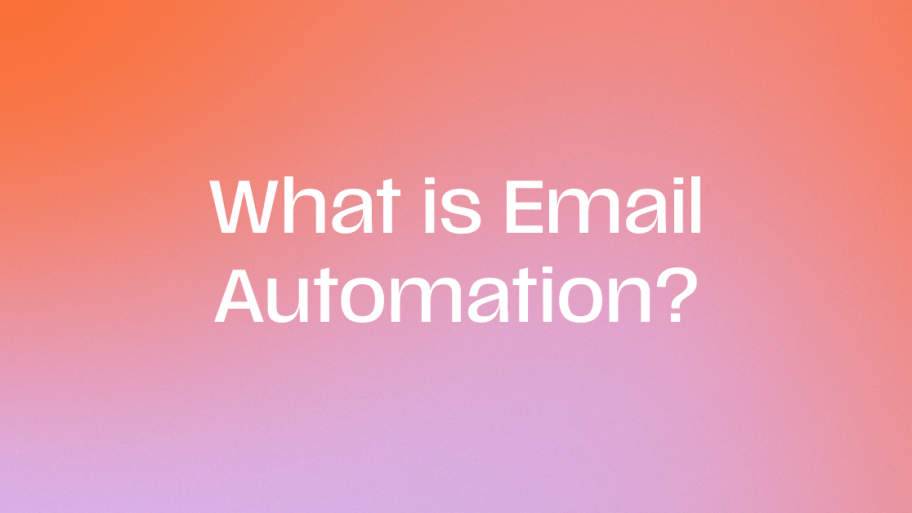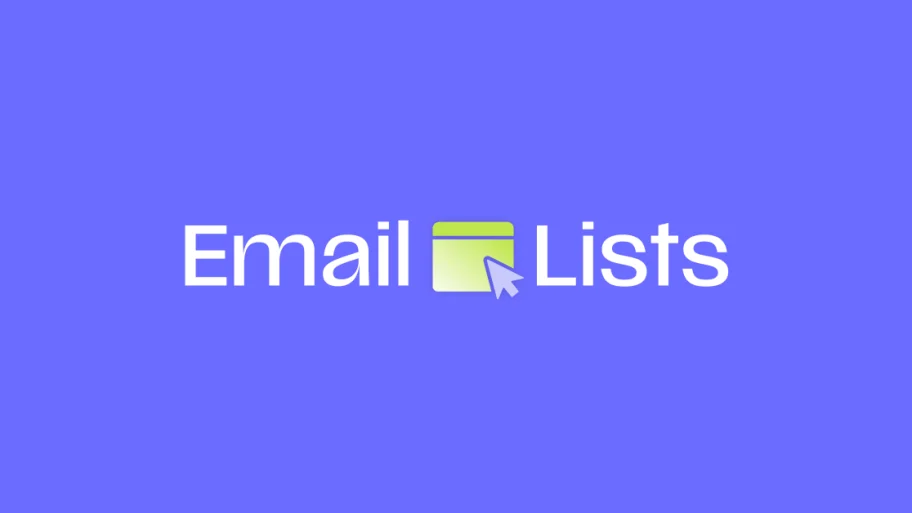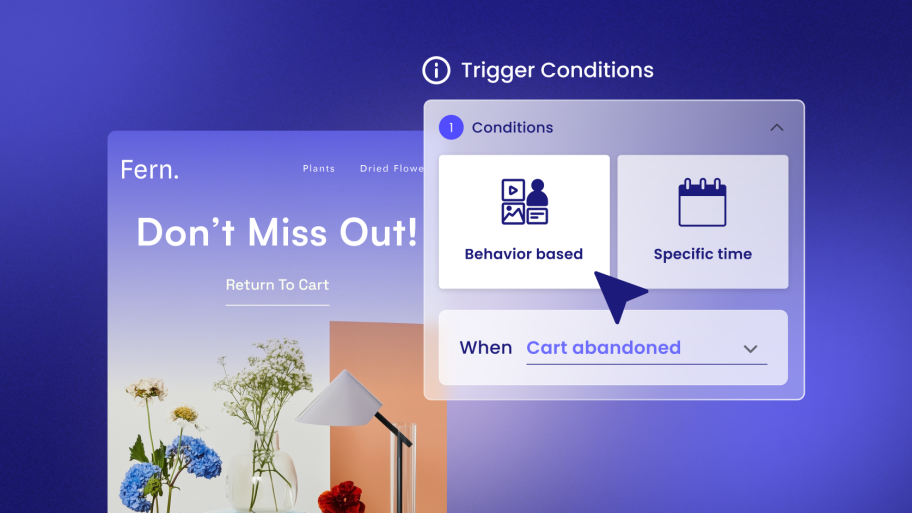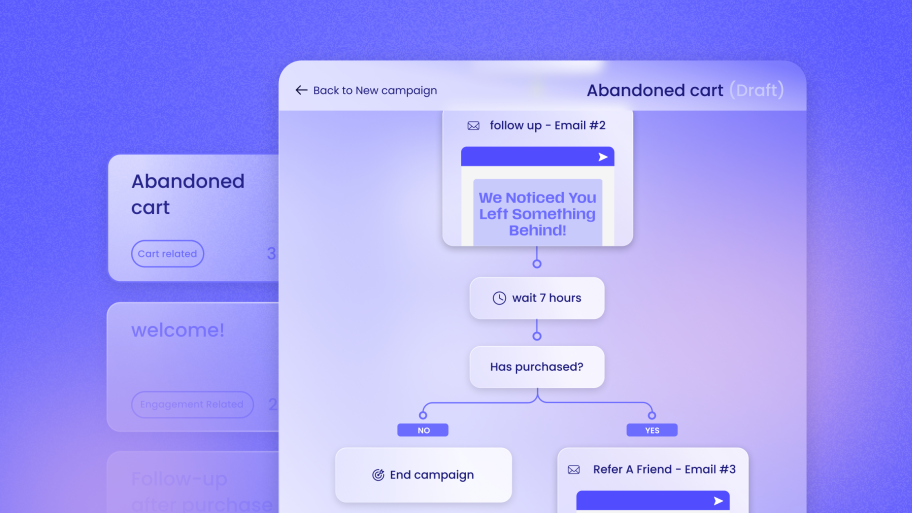But what if you could bring a significant portion of those customers back? That’s where abandoned cart emails come in. These automated messages are your secret weapon for re-engaging shoppers who were on the brink of buying. They serve as a friendly reminder, a helpful nudge, and a powerful tool to recover sales you would have otherwise lost. This guide will walk you through everything you need to know about setting up a successful abandoned cart email strategy for your WooCommerce store.
What Are Abandoned Cart Emails and Why Do They Work?
Abandoned cart emails are automated messages sent to shoppers who have added items to their online shopping cart but left the site without completing the purchase. To trigger these emails, a user typically needs to have entered their email address at some point during the checkout process.
The effectiveness of these emails lies in their timing and relevance. The shopper has already shown clear intent to buy. They’ve gone through the trouble of selecting products and initiating the checkout process. The email arrives while the purchase is still fresh in their mind, making it a highly effective marketing touchpoint.
Here’s a breakdown of the psychology behind why they work so well:
- Remedying Distractions: Life is full of interruptions. Maybe the baby started crying, the dog needed to go out, or a work call came through. An abandoned cart email simply brings the customer back to a task they intended to complete.
- Overcoming Indecision: Sometimes, customers get cold feet. They might be unsure about the price, shipping costs, or a specific product feature. A well-crafted email can address these concerns, provide reassurance, and give them the confidence to click “buy.”
- Fear of Missing Out (FOMO): By highlighting that an item is popular or low in stock, you can create a sense of urgency that encourages immediate action.
- Building Relationships: A helpful, non-pushy abandoned cart email can feel like good customer service. It shows you’re paying attention and are there to help, which can strengthen the customer’s connection to your brand.
The numbers back it up. Emails sent within an hour of a cart being abandoned have an average conversion rate of over 20%. For many WooCommerce stores, this can translate into a significant revenue boost with minimal ongoing effort.
Setting Up Your WooCommerce Abandoned Cart Emails: A Step-by-Step Guide
Getting started with abandoned cart emails on WooCommerce is more straightforward than you might think. The key is choosing the right tool that integrates seamlessly with your store. While there are many options, a solution built specifically for WordPress and WooCommerce, like Send by Elementor, can simplify the process immensely. A native toolkit eliminates the headaches of syncing data between different platforms and keeps all your communication management within the familiar WordPress dashboard.
Let’s walk through the setup process.
Step 1: Choose Your Abandoned Cart Solution
Your first step is to select a plugin or service to power your abandoned cart emails. Here’s what to look for:
- Deep WooCommerce Integration: The tool should automatically track when carts are abandoned and capture customer emails without any manual work. It needs to pull product details—like names, images, and prices—directly from your store into the email.
- Automation Capabilities: Look for a solution with a pre-built abandoned cart automation flow. This provides a proven template you can activate in minutes, while still offering the flexibility to customize it later.
- User-Friendly Email Builder: You’ll need an intuitive, drag-and-drop editor to design professional-looking emails that match your brand. You shouldn’t need to be a coding expert to create beautiful, responsive emails.
- Clear Analytics: To know what’s working, you need access to real-time data. Your tool should track open rates, click-through rates, and, most importantly, the amount of revenue recovered by your campaigns.
A comprehensive communication toolkit like Send by Elementor checks all these boxes. It’s designed to be a WordPress-native solution, which means setup is effortless and management is all handled inside your existing workflow.
Step 2: Configure Your Abandoned Cart Automation Flow
Once you’ve installed and activated your chosen tool, it’s time to set up the automation. This is the sequence of emails that will be sent to shoppers who abandon their carts. Most top-tier solutions will provide a default, optimized flow that you can enable with a single click.
Here’s a typical three-email sequence:
- Email 1: The Gentle Reminder (Sent 1-3 hours after abandonment)
- Goal: To help the customer pick up where they left off.
- Content: This email should be simple and helpful. Assume the customer was simply distracted. Use a friendly tone, display the items they left in their cart, and provide a clear link back to complete their purchase.
- Email 2: The Follow-Up (Sent 24 hours after abandonment)
- Goal: To address potential concerns and create a sense of urgency.
- Content: You can introduce a new angle here. Maybe highlight customer reviews for the products in their cart or mention your easy return policy. You could also use subtle urgency cues like “Your items are selling fast!”
- Email 3: The Incentive (Sent 2-3 days after abandonment)
- Goal: To provide a final nudge with a compelling offer.
- Content: This is your last chance to win the customer back. Offering a small discount (like 10% off) or free shipping can be a powerful motivator. Make the offer time-sensitive to encourage immediate action.
When configuring your flow, you’ll need to set the timing for each email. The timings above are a great starting point, but you should test and adjust them based on your audience’s behavior.
Step 3: Design Your Emails
Now for the fun part: designing the emails themselves. Your goal is to create messages that are on-brand, easy to read, and persuasive.
Here are the key components to include in your abandoned cart emails:
- A Compelling Subject Line: This is what gets your email opened. We’ll dive deeper into subject line strategies in the next section.
- Engaging Header: Start with a catchy headline that grabs the reader’s attention. Something like “Did you forget something?” or “Your cart is waiting!” works well.
- Dynamic Cart Content: This is crucial. Your email must dynamically pull in the specific products the customer abandoned. Include the product image, name, price, and quantity. This personalization is what makes these emails so effective.
- A Clear Call-to-Action (CTA): Use a prominent button with actionable text like “Return to Your Cart,” “Complete Your Purchase,” or “Claim My Discount.” Make it impossible to miss.
- Reinforce Your Value Proposition: Remind customers why they should buy from you. Mention key benefits like free shipping, a satisfaction guarantee, or excellent customer support.
- An Easy Way to Get Help: Include a link to your contact page or customer service email. Sometimes a customer just has a quick question that’s holding them back.
- An Unsubscribe Link: This is a legal requirement and a best practice. Make it easy for people to opt out.
Using a tool with a drag-and-drop builder makes this process simple. You can choose a pre-made template and customize it with your brand’s colors, fonts, and logo to ensure a consistent experience.
Best Practices for High-Converting Abandoned Cart Emails
Setting up the automation is just the beginning. To truly maximize your recovered revenue, you need to optimize every element of your abandoned cart emails. Here are the best practices to follow.
Nail the Timing and Frequency
The timing of your abandoned cart emails can make or break their success. Sending them too early can feel pushy, while sending them too late can mean the customer has already lost interest or purchased from a competitor.
- First Email: Sending the first email within 1 to 3 hours is often considered the sweet spot. It’s quick enough to be relevant but not so fast that it feels intrusive.
- Subsequent Emails: Spacing out the next emails over 1 to 3 days gives the customer time to consider the purchase without feeling bombarded.
A three-email sequence is a widely accepted best practice. It gives you multiple opportunities to re-engage the customer without overwhelming them. More than three can start to feel like spam, potentially damaging your brand’s reputation.
Write Irresistible Subject Lines
The subject line is your first impression. It needs to be compelling enough to stand out in a crowded inbox. Here are some proven formulas:
- The Direct Reminder:
- “You left something in your cart”
- “It looks like you forgot something”
- The Helpful Question:
- “Did you have trouble checking out?”
- “Can we help with your order?”
- The Scarcity Angle:
- “Your items are selling out fast!”
- “Don’t miss out on your selections”
- The Incentive Offer:
- “A special offer for your cart”
- “15% off to complete your purchase”
- The Personalized Touch:
- “Hey [Customer Name], your cart is waiting”
- “Your [Product Name] is waiting for you”
Pro Tip: Use A/B testing to see which types of subject lines resonate most with your audience. A small lift in open rates can lead to a big increase in recovered sales.
Craft Persuasive Email Copy
Your email copy should be clear, concise, and focused on the customer. Here are some tips for writing effective copy:
- Use a Conversational Tone: Write like you’re talking to a friend. Avoid corporate jargon and stuffy language.
- Focus on Benefits, Not Just Features: Instead of just listing what a product does, explain how it will make the customer’s life better.
- Address Common Objections: Think about why a customer might hesitate. Is it the price? Shipping costs? Return policy? Address these potential issues proactively in your email. For example: “P.S. Did you know we offer free returns on all orders?”
- Use Social Proof: Including customer testimonials or star ratings for the products in the cart can provide powerful validation and build trust.
Design a Strong Call-to-Action (CTA)
Your CTA should be the focal point of the email.
- Make it a Button: A button is much more noticeable than a simple text link.
- Use Action-Oriented Text: Words like “Complete,” “Claim,” “Get,” and “Return” are more powerful than passive phrases like “Click here.”
- Contrasting Colors: Make your CTA button stand out from the rest of the email by using a bold, contrasting color.
- Place it Prominently: The CTA should be “above the fold,” meaning visible without having to scroll down. It’s also a good idea to repeat it further down in the email.
The Power of Incentives
Sometimes, a little extra push is all a customer needs. Offering a discount or another perk can be a highly effective way to close the sale.
- Percentage Discount: “Get 10% off your order.” This is straightforward and easy to understand.
- Fixed Amount Discount: “Take $5 off your purchase.” This can be more appealing for lower-priced items.
- Free Shipping: High shipping costs are one of the top reasons for cart abandonment. Offering free shipping can be a game-changer.
- Free Gift: “Complete your order now and get a free sample.”
Important: It’s generally best to save the incentive for the second or third email in your sequence. This gives customers who were just distracted a chance to buy at full price first. You don’t want to train your customers to abandon their carts just to get a discount.
Advanced Strategies to Maximize Recovered Revenue
Once you’ve mastered the basics, you can implement more advanced tactics to take your abandoned cart strategy to the next level.
Segmentation: The Key to Hyper-Personalization
Not all abandoned carts are created equal. Segmentation allows you to send different messages to different types of shoppers, making your emails even more relevant and effective. A powerful, WordPress-native marketing toolkit should give you the ability to segment your audience based on a variety of factors.
Here are some valuable segments to consider:
- Cart Value: A customer abandoning a $500 cart might warrant a different approach than someone abandoning a $25 cart. You could offer a higher discount to high-value carts or even trigger a manual follow-up from your customer service team.
- New vs. Returning Customers: A first-time shopper might need more reassurance about your brand. You could send them an email that highlights your company’s story, your satisfaction guarantee, and your best-selling products. For a returning customer, you can acknowledge their loyalty and perhaps offer them an exclusive discount.
- Specific Products or Categories: If a customer abandons a cart with a specific high-margin product, you could create a targeted follow-up sequence that focuses on the unique benefits of that item.
Using Dynamic Content
Dynamic content takes personalization a step further. Instead of just pulling in the products from the cart, you can show related items or best-sellers that the customer might also be interested in. This is a great way to potentially increase the average order value when the customer returns to your site.
Incorporating SMS for a Multi-Channel Approach
Email is powerful, but it’s not the only channel. SMS (text message) marketing has incredibly high open rates—often over 98%. By adding an SMS message to your abandoned cart flow, you can reach customers in a new, immediate way.
Here’s how a multi-channel flow might look:
- Email 1 (1 hour after abandonment): The friendly reminder.
- SMS 1 (4 hours after abandonment): A short, simple text. “Hi [Customer Name], you left some items in your cart at [Your Store Name]. You can complete your order here: [Link]”
- Email 2 (24 hours after abandonment): The follow-up with social proof.
- Email 3 (48 hours after abandonment): The incentive offer.
A toolkit that combines both email and SMS marketing, like Send by Elementor, makes managing this kind of multi-channel communication seamless. You can build and control the entire flow from one central location within your WordPress dashboard.
Measuring Success: Key Metrics to Track
You can’t improve what you don’t measure. To understand how your abandoned cart campaigns are performing, you need to track these key metrics:
- Open Rate: The percentage of people who opened your email. A low open rate might indicate that your subject lines need work.
- Click-Through Rate (CTR): The percentage of people who clicked on a link in your email. A low CTR could mean your email copy or CTA isn’t compelling enough.
- Conversion Rate: The percentage of people who clicked on the email and went on to complete their purchase. This is the ultimate measure of your email’s effectiveness.
- Revenue Recovered: The total amount of money your abandoned cart emails have generated. This is the metric that really matters to your bottom line.
Regularly review these metrics. If you see a drop-off at a certain stage in your sequence, that’s a sign that you need to optimize that particular email. Don’t be afraid to experiment with different offers, copy, and subject lines to see what works best.
Frequently Asked Questions (FAQs)
Q1: Are abandoned cart emails legal? Yes, as long as you comply with anti-spam laws like CAN-SPAM and GDPR. The customer must have provided their email address and implicitly or explicitly given consent to be contacted. Always include a clear and easy-to-find unsubscribe link in every email.
Q2: Will abandoned cart emails annoy my customers? If done correctly, no. The key is to be helpful, not pushy. By providing value and keeping the tone friendly and respectful, most customers will see these emails as a positive customer service interaction. Sticking to a limited sequence of 2-3 emails is crucial to avoid being perceived as annoying.
Q3: How many emails should I send in an abandoned cart sequence? A sequence of three emails is widely considered the industry standard and a proven best practice. This gives you enough opportunities to re-engage the customer without overwhelming their inbox.
Q4: When is the best time to send the first abandoned cart email? Most experts agree that sending the first email within 1-3 hours of abandonment yields the best results. This is when the purchase intent is still very high.
Q5: Should I offer a discount in my abandoned cart emails? Offering a discount can be very effective, but it’s best to reserve it for the last email in your sequence. This prevents you from unnecessarily cutting into your profit margins for customers who would have purchased anyway.
Q6: What’s a good conversion rate for abandoned cart emails? The average conversion rate can vary widely depending on the industry and the quality of the campaign, but a rate between 5% and 15% is generally considered good. Some highly optimized campaigns can see conversion rates of 20% or more.
Q7: Can I set this up without being a developer? Absolutely. Modern tools like Send by Elementor are designed for web creators and store owners, not just developers. With pre-built automation flows and drag-and-drop email builders, you can launch a professional abandoned cart campaign without writing a single line of code.
Key Takeaways
- Cart abandonment is a huge opportunity. Nearly 70% of carts are abandoned, but a significant portion of that lost revenue is recoverable.
- Timing is everything. The first email should go out within a few hours, followed by 2-3 more over the next few days.
- Personalization is key. Your emails must include the specific products the customer left behind.
- A three-email sequence is the gold standard. Use the first to remind, the second to build trust, and the third to offer an incentive.
- Write compelling copy and subject lines. Focus on a friendly, helpful tone and create a sense of urgency.
- Use a strong, clear Call-to-Action (CTA). Make it easy for the customer to return to their cart.
- Choose the right tool. A WordPress-native solution like Send by Elementor simplifies setup, management, and tracking.
- Measure, test, and optimize. Continuously monitor your key metrics and experiment to improve your results.
Conclusion
Abandoned cart emails are one of the most powerful and cost-effective tools available to any WooCommerce store owner. By implementing a thoughtful, automated email sequence, you can turn lost opportunities into loyal customers and significantly boost your bottom line. It’s not about being pushy; it’s about providing a helpful reminder and a smooth path back to a purchase your customer was already excited about.
The technology to do this is more accessible than ever. With the right toolkit, you can have a professional, high-converting abandoned cart strategy up and running in no time. So, stop leaving money on the table. Start recovering those lost sales today and watch your business grow.
